Growing Export Opportunities
Argentina's honey market is witnessing a significant expansion in export opportunities, driven by the increasing global demand for high-quality honey. The country is recognized for its unique floral varieties, which appeal to international markets. Recent statistics reveal that honey exports from Argentina have increased by 15% over the past year, with key markets including the European Union and the United States. This trend suggests that the honey market is well-positioned to capitalize on its reputation for quality, potentially leading to further growth in export volumes. As producers focus on meeting international standards, the industry may experience enhanced competitiveness on the global stage.
Increasing Health Consciousness
The honey market in Argentina is experiencing a notable shift as consumers become increasingly health-conscious. This trend is reflected in the growing preference for natural sweeteners over refined sugars. As a result, honey, known for its various health benefits, is gaining traction among health-oriented consumers. Recent data indicates that the demand for organic honey has surged by approximately 25% in the last year alone. This shift is likely to continue, as more individuals seek alternatives that align with their wellness goals. The honey market is thus poised to benefit from this heightened awareness, as consumers actively seek products that contribute to a healthier lifestyle.
Regulatory Support for Beekeeping
The honey market in Argentina is benefiting from favorable regulatory frameworks that support beekeeping practices. Government initiatives aimed at promoting sustainable agriculture and protecting bee populations are becoming increasingly prominent. These regulations encourage beekeepers to adopt environmentally friendly practices, which can enhance honey quality and marketability. For instance, recent policies have provided financial incentives for beekeepers to transition to organic production methods. This regulatory support is likely to strengthen the honey market by fostering a more sustainable and resilient beekeeping sector, ultimately benefiting both producers and consumers.
Consumer Preference for Local Products
There is a growing trend among Argentine consumers towards supporting local products, which is positively influencing the honey market. This preference is driven by a desire to promote local economies and reduce carbon footprints associated with imported goods. As consumers become more aware of the benefits of purchasing locally sourced honey, the market is likely to see an increase in demand for regional varieties. Recent surveys indicate that approximately 60% of consumers express a preference for locally produced honey, which could lead to a substantial boost for the honey market. This trend not only supports local beekeepers but also fosters a sense of community and sustainability.
Technological Advancements in Beekeeping
Technological innovations are playing a crucial role in enhancing the efficiency and productivity of the honey market in Argentina. The adoption of modern beekeeping techniques, such as automated hive monitoring systems and advanced extraction methods, is becoming increasingly prevalent. These advancements not only improve honey quality but also increase yield, allowing beekeepers to meet rising consumer demand. For instance, the implementation of data analytics in hive management has shown to boost honey production by up to 30%. Consequently, the honey market is likely to see a positive impact from these technological developments, as they enable producers to optimize their operations and enhance product offerings.


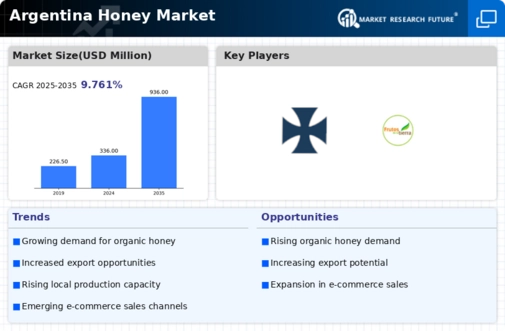
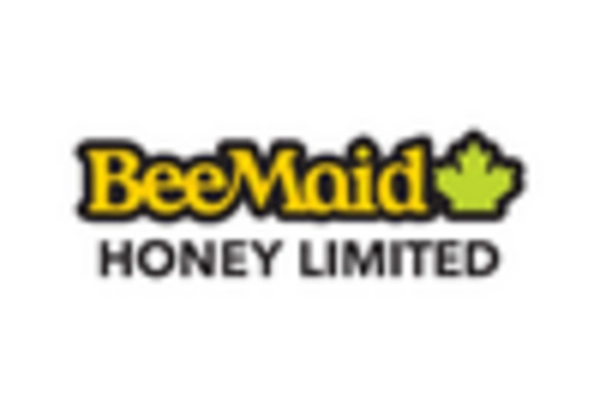
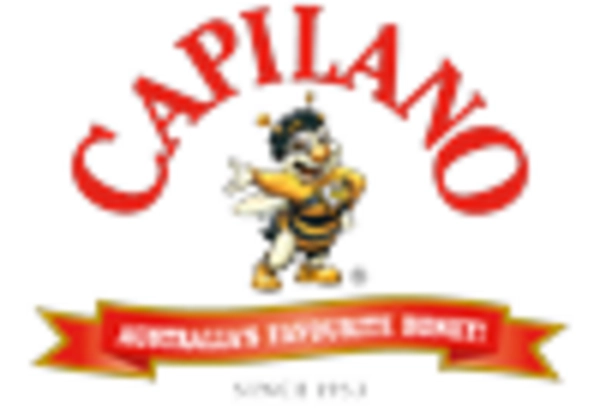
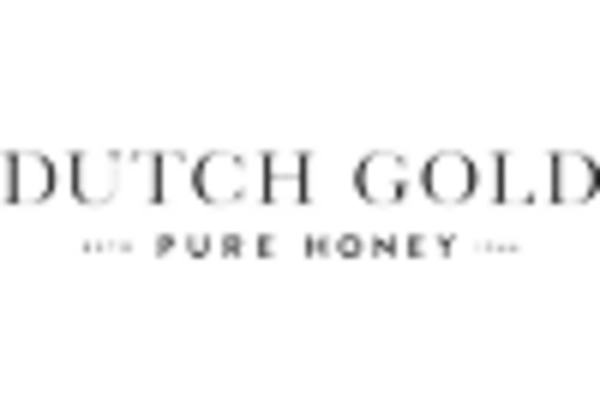
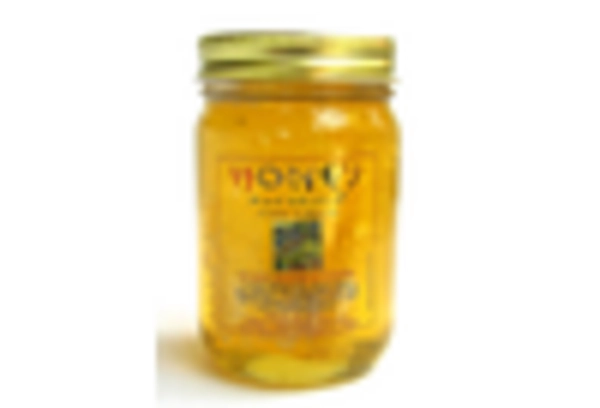
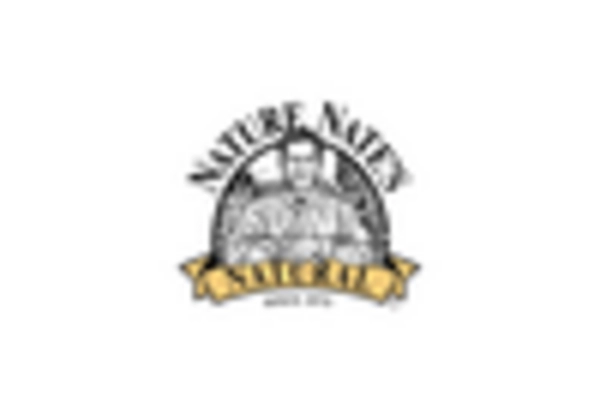
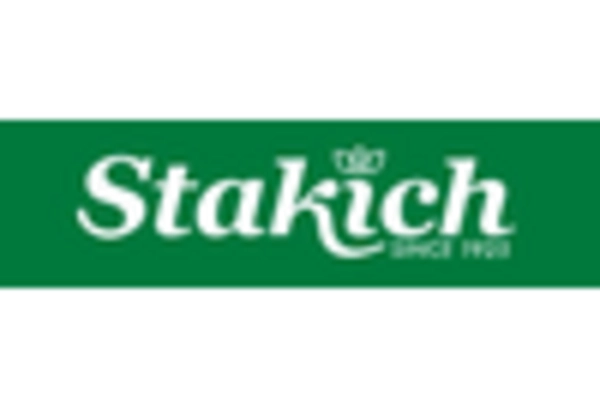








Leave a Comment